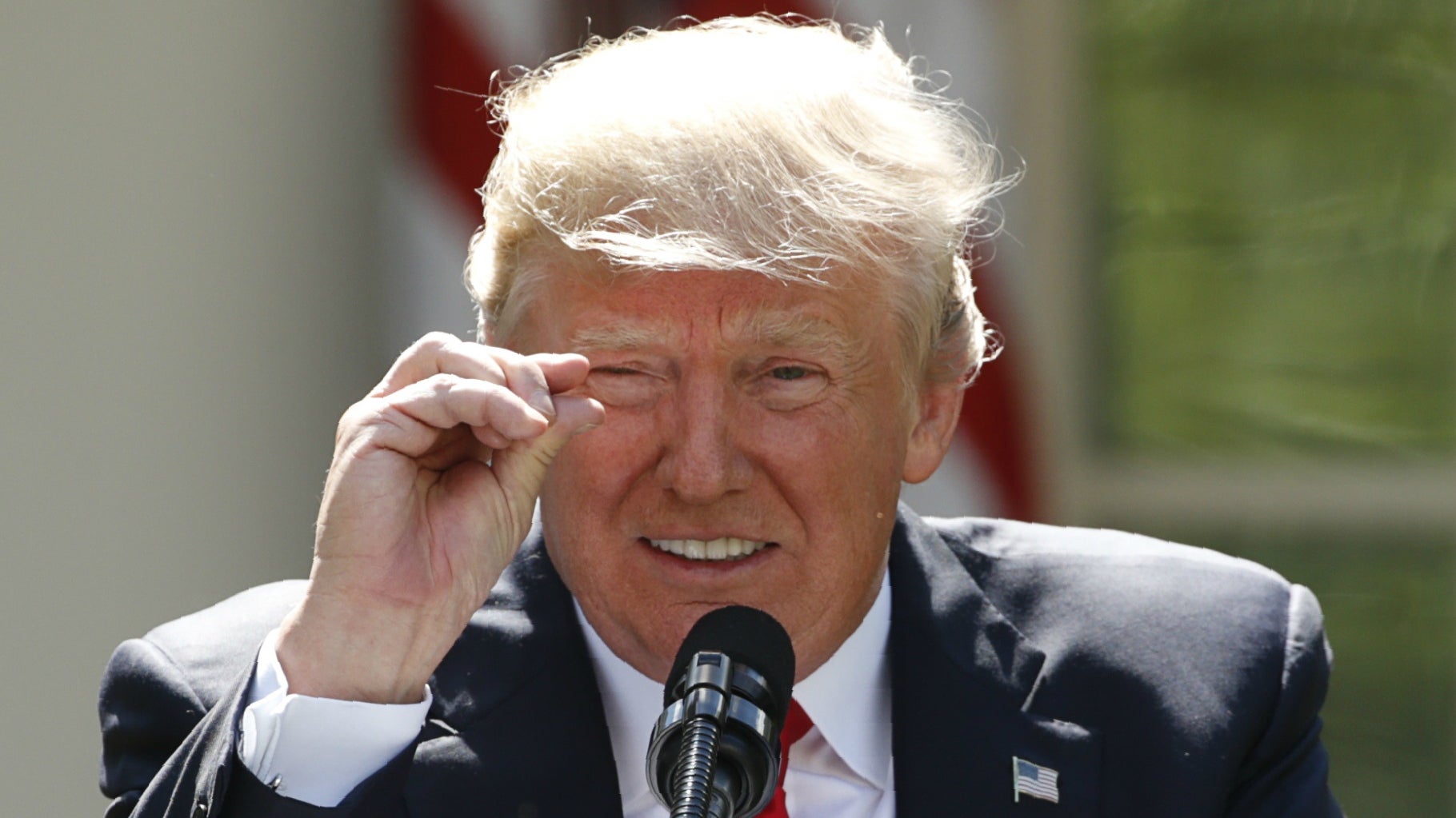Americans need to stop obsessing over the unemployment rate
On June 1, US president Donald Trump tweeted a barely veiled spoiler about soon-to-be-released employment data—violating presidential norms (and very possibly the law) in the process.


On June 1, US president Donald Trump tweeted a barely veiled spoiler about soon-to-be-released employment data—violating presidential norms (and very possibly the law) in the process.
The president’s hint that the monthly job numbers would be upbeat seems to have moved markets. But there’s something even more troubling than Trump’s personal disdain for rules, according to Jeffrey Snider of Alhambra Partners.
According to the latest jobs data, the steadily declining unemployment rate is down to just 3.8%. But that sunny statistic belies a deeper infirmity in the labor market, Snider argues on his blog. Namely, working-age Americans have been giving up on finding jobs.
The public typically perceives a low unemployment rate as reassuring because it suggests that everyone who wants a job has one. But the broader set of jobs data suggests that’s not the case. ”As usual, the consequences of truly no growth in the labor market leaves particularly politicians to emphasize nothing other than the unemployment rate,” Snider says.
Trump himself used to complain about just this issue. Bashing the official unemployment stat was one of his bigger campaign trail themes. Back in June 2015, he made this remark about the official unemployment rate (which was then 5.5%): “Our labor participation rate was the worst since 1978…. Our real unemployment is anywhere from 18 to 20%. Don’t believe the 5.6. Don’t believe it. That’s right. A lot of people out there can’t get jobs.” And in May 2016: ”You hear a 5% unemployment rate. It’s such a phony number. That number was put in for presidents and for politicians so that they look good to the people.” A month after his victory in the US presidential elections, he was still sticking to his guns: “The unemployment number, as you know, is totally fiction.”
Given this history, Snider suggests, Trump should know better than to tout the latest unemployment numbers. To understand the problem, it helps to explain how the US government measures the health of its workforce.
The official labor force is made up of two types of people—those with jobs, obviously, but also the “unemployed,” defined as those ready to work who have actively looked for a job in the last four weeks.
The unemployment rate captures the number of unemployed people as a share of the labor force. But it doesn’t tell you anything about people who stopped looking for work a month ago or more. This group has effectively dropped out of the labor force.
So when the unemployment rate is falling, it could be for two reasons (or, more likely a combination of both). More people could be getting hired. Or more people might be giving up on trying to find work.
When politicians, pundits, and the press hail a low, steadily declining unemployment rate, they’re assuming that the first phenomenon—formerly unemployed people finding jobs—is driving that decline. But Snider points out if employers were actually on a hiring spree, we might expect a steady, sharp rise in the ranks of people working or actively looking for work, relative to the numbers of those who have left the labor force altogether. ”If the jobs market was truly a strong one currently, there would be a clear rush of those not in the labor force to join it,” he says. “Those millions right now outside the official numbers would be moving back into them if they were given a legitimate shot at fruitful employment.”
That’s clearly not happening. Despite the rumored labor shortage that the media’s been hyping, the share of working-age Americans who have jobs or are trying to get them continues to slip. The labor force participation rate—the share of the civilian population ages 16 and older that is working or looking for work—dropped again in May. Now only 62.7% of people in that group have jobs or are actively trying to find one. (That’s about the same as in the late 1970s, before women joined the workforce en masse.)
That’s not just because America’s workforce is getting older. Despite this being the longest US economic expansion on record, a smaller share of workers aged 20 to 54 are currently in the workforce than when the last recession began, in Dec. 2007.
Another sign of slack in labor market comes from wages. If hiring is getting harder, as the ultra-low unemployment rate implies, then employers should have to pay higher wages to attract candidates. That had been happening. But since late 2016, the pace of wage growth has flattened, as Dean Baker, head economist at the Center for Economic and Policy Research, flags.
It’s not clear why American adults are dropping out of the workforce, but it suggests social and economic ruptures of an alarming scale. Even more alarming still is the fact that those with power and influence still deny the problem, exalting 3.8% unemployment as proof that regular Americans are doing just fine.
Trump used to be one of the few exceptions—which was why, despite his many flaws, some saw his presidency as offering hope for middle America. Not anymore. As Snider puts it, “The one guy who was finally willing to be honest about the state of American labor appears to have become just as conventional as the all the rest.”